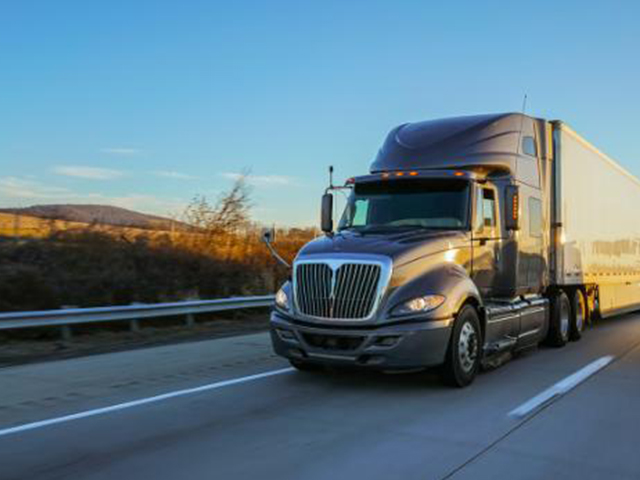Article content
From fleet management to customer experience, Industrial IoT is transforming Australian industry and realising Big Data's promise.
The Internet of Things, or IoT refers to items that are connected to the internet which aren’t typically computers. These can include light bulbs, machines, air conditioners, scientific sensors and, well, anything. When you connect all of these things together, they generate data. A great deal of data. We call this Big Data – and it’s changing the way Australian businesses are optimising their operations and designing the perfect customer experience.
There’s a plethora of industrial applications for IoT, some of the most exciting use cases being where existing infrastructure can be leveraged to provide new productivity, revenue streams or services. The addition of low-cost, low-energy devices (under Telstra’s Category M1 (Cat M1) IoT technology) will further expand the possibilities for data collection and insights across key Australian industries, including the resources sector, agriculture and manufacturing.
Manufacturing
One of the key areas of IoT proliferation is manufacturing. In an increasingly automated manufacturing environment, having multiple machines communicating with each other and being managed and diagnosed remotely offers benefits that are self-evident. These benefits stretch past the assembly line and help with asset management and predictive maintenance of products too.
Say your machine conveyer belt is about to break, or your vehicle is getting hotter than it should – IoT sensors can help you minimise asset downtime and keep operations flowing. By reporting back to the central server these devices ensure your field service resources are deployed more efficiently in response to issues – or even predictively.
Fleet management
Whether it’s a car rental firm, service breakdown or repair operator or logistics company, knowing where all vehicles and assets are at all times makes planning and problem management much easier. Utilising data from GPS IoT devices, if a breakdown occurs or if congestion causes delays, the ability to reroute or redirect a different asset is made considerably easier with real-time positional monitoring.

Smart Roads
Most traffic lights work on timers or, if they’re clever, can change on their own if they recognise that there’s no traffic in one direction and congestion in the other. By giving all traffic lights sensors which are connected to networks, data from all over a city can be beamed back to base and processed so that near real time decisions can be made to help deal with congestion or forced detours.
Smart Grid
The world is coming to understand more and more about electricity thanks to environmental concerns and high-profile creations like South Australia’s Tesla back-up battery. Awareness of the inefficiencies of traditional power generation and the requirements of managing flow and supply across the grids is growing. Power grids are gradually turning into ‘smart grids’ more smart outlets, from household electricity meters, to electric-car charging stations allow for real-time feedback of different power requirements.
Through the ability to micromanage electricity supply by having sensors spread across the network – all signalling back to base – organisations can derive operational efficiencies in a traditionally wasteful industry.
Agriculture
Crops in fields may be the last place you’d expect cutting edge technology to exist. However, agricultural IoT has been quietly running for many years. Fields are covered in multiple devices which monitor temperature, moisture levels and other variables. The data collected feeds connect to monitoring stations which can sound alarms, or make decisions about engaging automatic watering systems in specific areas based upon real-time data – minimising the wastage of one of our nation’s most important resources.
Common themes
IoT is one of the fastest-growing elements of all network traffic. While the amount of information might be small, en masse the traffic levels are proving to be enormous. As a result, networking requirements - wired and wireless - are having to increase in bandwidth just to
cope with all of the automatically-generated traffic and network-signalling that goes with each packet of data. With so much data being generated, the need to analyse and make sense of it all is commensurate.
Data analysis, including the use of machine learning and artificial intelligence, has become a necessary enabler - boosting productivity, efficiency and innovation. If you’re not already, it’s important to examine how your industry is implementing IoT technologies, so you too can take advantage of these opportunities to improve and optimise your business.

